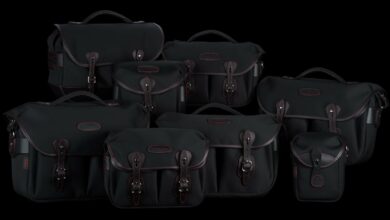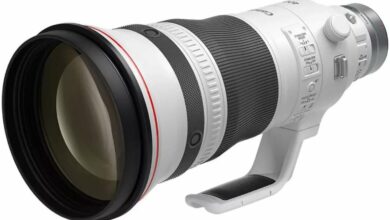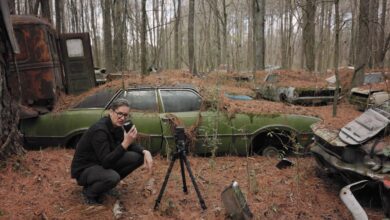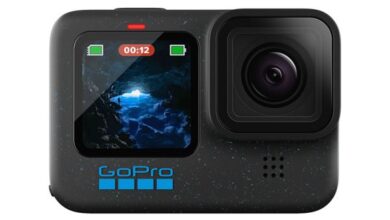Why small sensors can be of great benefit to filmmakers
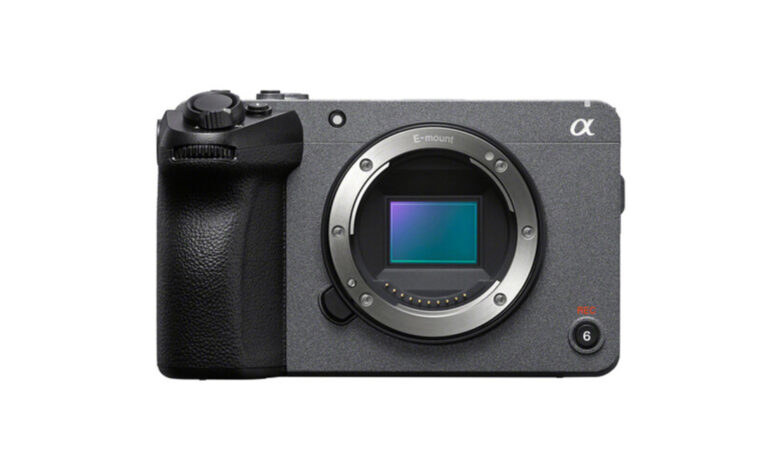
Bigger isn’t always better when it comes to sensor size in video.
For those who would automatically dismiss my hypothesis based on the title alone, I’ll start with a few obvious concessions. In a vacuum, I agree that the full-frame sensor is better than the Super 35mm (crop) sensor. You have more options for depth of field. You have a wider field of view, which is a legitimate practical advantage in tight shooting situations. In filmmaking and photography, the larger the sensor, the higher the image quality in most situations. As someone who mostly owns a full frame sensor camera, I can hardly be here to suggest that going full frame is not the best decision for you.
However, what I would like to point out is that full frame versus Super 35mm is probably not the main factor stopping you from creating your cinematic masterpiece. In fact, choosing a full-frame Super 35mm can really benefit you.
Note in advance: this particular discussion will focus on the filmmaking aspect. While many points will relate to both, I will primarily consider sensor size as it relates to video rather than still photography. Also of note, I will use the terms Super 35mm and cropped sensor interchangeably to refer to the smaller sensors “full frame”. In digital filmmaking, sensor sizes vary quite a bit. For a more scientific explanation of the different formats, this article from Sharegrid provides detailed explanation.
Part of the reason I’m thinking about this particular topic today is that I’m currently in the process of reviewing a new Sony product. FX30 Camera. With some notable differences that I’ll cover in my actual review, it’s basically a FX3 with a crop sensor instead of a full-frame sensor. It’s also half the price. Now, whether I would really call the camera “cinema” rather than the mirrorless variant is a matter of debate for another article. But both are perfectly capable of making great videos for the right filmmaker. Naturally, every review you’ve read/viewed about that camera so far will likely point out that the cropped sensor is a minus for the FX30. But this prompted me to ask: is it really a negative thing?
Having covered the ways in which full-frame is clearly better, I thought it might be worth looking at a few areas where the Super 35mm holds a significant advantage.
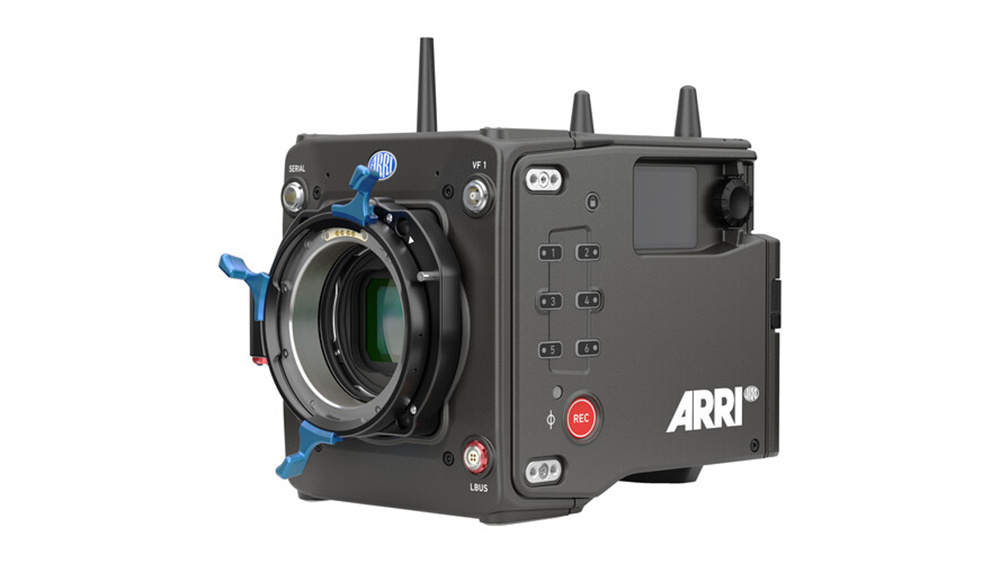
Camera cost
I mentioned that the advantages of full frame exist in a vacuum. But, real life doesn’t work in a vacuum. And, unless you’re independently wealthy, money is a real thing. Filmmaking equipment will be expensive no matter what type of camera you choose. However, I think a pretty good test of whether you’re spending your production budget wisely is to look at what portion of the budget will go toward your camera. Image quality is no doubt important. However, if you’re spending so much on buying/renting a camera that you can’t afford things like production design, sound, or lighting, then I think it’s safe to say that you was a bit off topic. Especially nowadays, when even the cheapest crop sensor camera on the market is capable of producing a very high level of image quality compared to cameras even ten years ago, one really needs to consider the added value of spending more on capture equipment.

Lens selection
Every videographer soon learns that a great camera is meaningless without a great glass in front of it. And this is an area where choosing a crop sensor camera can be a savings factor for the filmmaker.
Super 35mm cameras can use Super 35mm format lenses. And just as crop sensor cameras cost half as much as full frame bodies, so do crop-format lenses in many cases. For example, the Sony FX3 costs $3,900 for the body. The FE PZ 16-35mm f/4 WOOD priced at $1,198. I refer to this lens as it is currently in my possession. The Sony FX30, on the other hand, costs $1,798 for the body. And the same range E 10-20mm f/4 PZ WOOD for only $648. So the first combination costs $5,098 while the other only costs $2,446. I realize these are not 1:1 comparisons and there are a million and one other lenses to choose from, but this should give you some idea of the potential savings. You can still choose the more expensive combination for any number of reasons. But you should take a moment to think about whether those advantages are worth the double investment.
But the savings don’t stop there. If you’re shooting a large project, no matter which camera body you choose, chances are you’ll be renting a high-end cinema lens. Again, lenses have as much or more to do with the form of a final film as the camera. So let’s say that you’re looking to shoot with high-end cinematic glasses like Cooke, Arri, Zeiss or any of the other legendary glasses that have been filmed in major Hollywood movies for decades. Because, until very recently, the majority of major Hollywood movies were shot on Super 35mm sensors instead of full-frame, much of the high-end glass has been formatted for those smaller sensors. So, for example, if you want to rent a set Arri/Zeiss Master Primes, which was used by Roger Deakins on the Blade Runner 2049, you will do so with the Super 35mm sensor when movies are shot on the Arri Alexa Mini (and Alexa Plus and XT). As a general rule in life, I feel that if a format is good enough for Deakins, it should be good enough for me as well.
Of course, this again comes with financial advantages. The top cinema lenses also have multiple options to cover full-frame sensors. However, as you might expect, renting or buying these lenses is more expensive than many of the Super 35mm format lenses that go with them. So if you’re looking to up your game with a lens upgrade, doing so can make a lot more sense with the Super 35mm sensor.

Option
In some ways, shooting with the Super 35mm sensor can give you the best of both worlds. If you start with the Super 35mm sensor, you’ll have access to a world of lighter and less expensive glasses. You can also use countless legendary cinema lenses designed for the Super 35mm sensor. However, at the same time, if you want to invest in full-frame glass, those lenses will also be able to cover the Super 35mm sensor. So you can future-proof your lens collection while still being able to gradually grow your camera body.
Many manufacturers also produce accelerators that allow you to get a full-frame field of view on the crop sensor body. For me, the main advantage of a full-frame sensor is not image quality or bokeh. It’s more of a practical concern about getting the most out of my wide-angle lenses. By enabling the accelerator, you can disable the shrinking effect of the crop sensor and open up new possibilities.
As I mentioned at the beginning of this section, this is not an argument that Super 35mm is better than full frame for filmmakers. Instead, this is simply to show that, if a full-frame production package exceeds your current budget, it’s not the end of the world. Stunning movies have been shot with the Super 35mm sensor for a very long time. And the only real limit is your imagination and skill set. So dream big, care about your lighting and composition, and don’t spend too much time worrying about sensor size.

